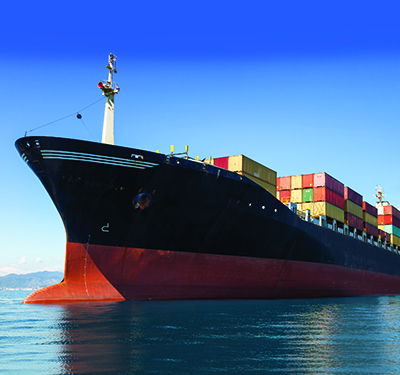Regulation vs. Deregulation: Both are costing shippers billions
For shippers, the lack of pricing regulation in the various modes they’re dependent upon is causing an increasingly worrisome financial squeeze.
All of the carriers I have had the chance to ask tell me that we don’t need more regulation. They’re indeed regulated by many state and federal agencies in almost all aspects of their operations.
But for shippers, the lack of pricing regulation in the various modes they’re dependent upon is causing an increasingly worrisome financial squeeze. In fact, shippers will need to pay particular attention to hidden cost increases being slipped into transactions, but not reflected in the rate.
First, for the carriers there’s a list of regulatory trends that are raising the cost of operations. As an example, California is looking to have truckers add glider kits and perhaps limit capacities to save on fuel through new trailer regulations. If California has such a new mandate, the rest of the country will likely have to follow.
The electronic logging device (ELD) requirements are here next month, and there’s the related equipment and training cost—but also the loss of some drivers who won’t or can’t comply. And keep in mind, the Hours of Service (HOS) standards are already making an impact on yard times and services and changing dispatch planning.
And it’s not just the highway folks that are feeling the impact. The Federal Maritime Commission (FMC) is now demanding that funds be set aside for covering business failures among ocean consortia members.
At the same time, U.S. Homeland Security requirements for transportation workers (TWIC) is $125.25 per driver, and according to Sea Link, an ID service provider, over 5,000 of the active drivers in the Port of New York and New Jersey have a TWIC that will expire this year alone—and estimates are that the Port of Los Angeles has even more drivers due. In short, drivers will be suspended the day their TWIC expires if they don’t register their new TWIC with the port authority.
While carriers are getting hit on all sides with increased regulation, shippers are seeing pressure on prices where carriers can successfully increase them. And while this is all unfolding, we’re witnessing the consolidation of the less-than-truckload (LTL), parcel, rail and ocean carrier industries.
New transportation oligarchies are pushing annual and even semi-annual coordinated increases in excess of inflation, while it seems that the parcel carriers try to outdo each other to raise prices even as fuel costs fell last year. Carriers brag to stockholders about their increases in efficiency and productivity and then push for hyperinflation price increases.
Even where rates are still held down by modal competition, the carriers are taking steps to shift costs to the shipper. As previously reported in this column, the Uniform Bill of Lading now has language that the shipper—and no longer the carrier—has the burden of proof in a loss and damage claim.
Shippers will be discouraged from filing such claims due to the burden of proving where and when damage occurred in transit, while carriers are pressuring for extended pick-up and delivery hours so they don’t violate the HOS rules. In the meantime, shippers pick up the cost of overtime and yard tractor equipment to speed truckers on their way.
And all the while, the public, through governmental agencies, is spending billions on upgrading highways and airports and even deepening port channels with the resulting increases in fees and tolls.
To be fair, all parties are under cost pressure from their respective suppliers and stakeholders. That’s understood. However, the shipper is ultimately the one who pays this bill; and if lucky, passes part of the higher costs on to consumers.
With the consumer retail market under even more pressure from the likes of Amazon and Alibaba, transportation managers today and tomorrow will have to be well versed in all aspects of the business. Buyers of services need to start reading more and attending conferences to become painfully aware of the obvious —as well as the subtle—cost increases in logistics













